The most epic geophysics hackathon in the world, ever
/ Words can't express how awesome the 2014 Geophysics Hackthon was. The spirit embodied by the participants is shared by our generous sponsors... the deliberate practice of creativity and collaboration.
Words can't express how awesome the 2014 Geophysics Hackthon was. The spirit embodied by the participants is shared by our generous sponsors... the deliberate practice of creativity and collaboration.
We convened at Thrive, a fantastic coworking space in the hip Lower Downtown district of Denver. Their friendly staff went well beyond their duty in accommodating our group. The abundance of eateries and bars makes it perfect for an event like this, especially when the organization is a bit, er, spontaneous.
We opened the doors at 8 on Saturday morning and put the coffee and breakfast out, without any firm idea of how many people would show up. But by 9 a sizeable cohort of undergrads and grad students from the Colorado School of Mines had already convened around projects, while others trickled in. The way these students showed up, took ownership, and rolled up their sleeves was inspiring. A few folks even spent last week learning Android in order to put their ideas on a mobile device. While at times we encounter examples that have caused us to wonder if we are going to be alright, these folks, with their audacity and wholesomeness, revive faith that we will.
The theme of the event was resolution, but really the brief was wide open. There was a lot of non-seismic geophysics, a lot of interactive widgets ('slide this to change the thickness; slide that to change the resistivity'), and a lot of novel approaches. In a week or two we'll be posting a thorough review of the projects the 6 teams built, so stay tuned for that.
The photos are all on Flickr, or you can visit our Hashpi.pe for the captions and other tweetage.
Another great outcome was that all of the projects are open source. Several of the projects highlighted the escape-velocity innovation that is possible when you have an open platform behind you. The potential impact of tools like Mines JTK, SimPEG, and Madagascar is huge. Our community must not underestimate the super-powers these frameworks give us.
The hackathon will be back next year in New Orleans (17 and 18 October: mark your calendars!). We will find a way to add a hacker bootcamp for those wanting to get into this gig. And we're looking for ways to make something happen in Europe. If you have a bright idea about that, please get in touch.





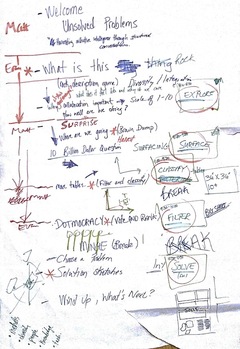
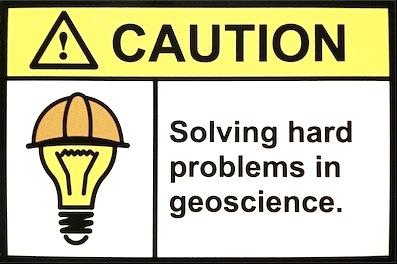

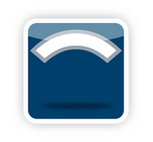
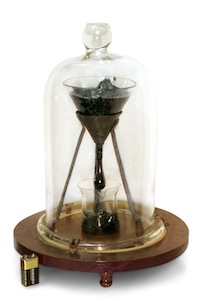


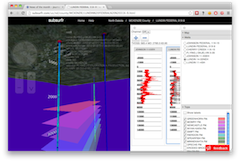

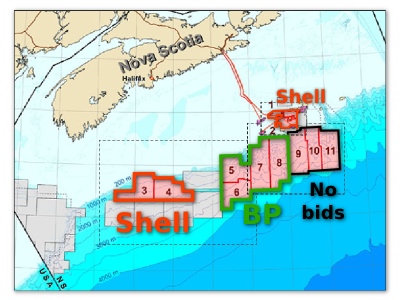
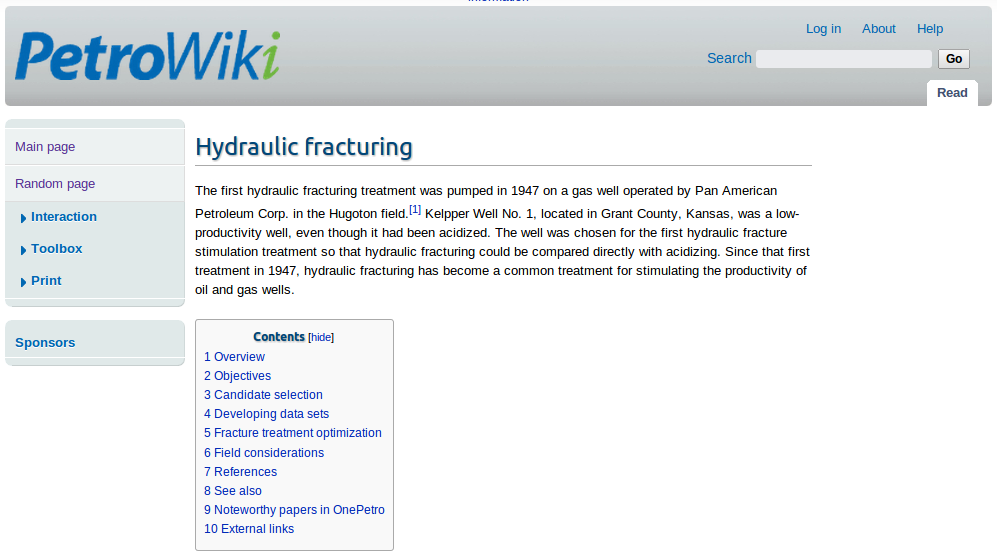
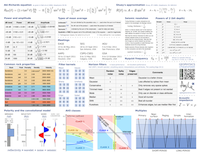
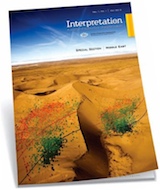











 Except where noted, this content is licensed
Except where noted, this content is licensed